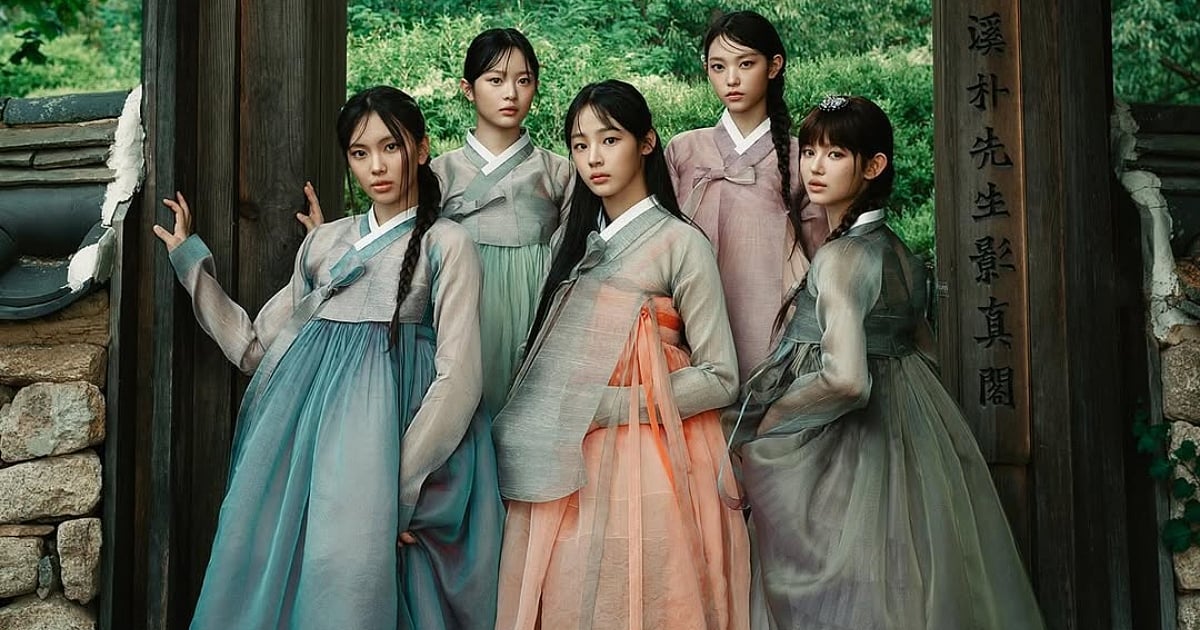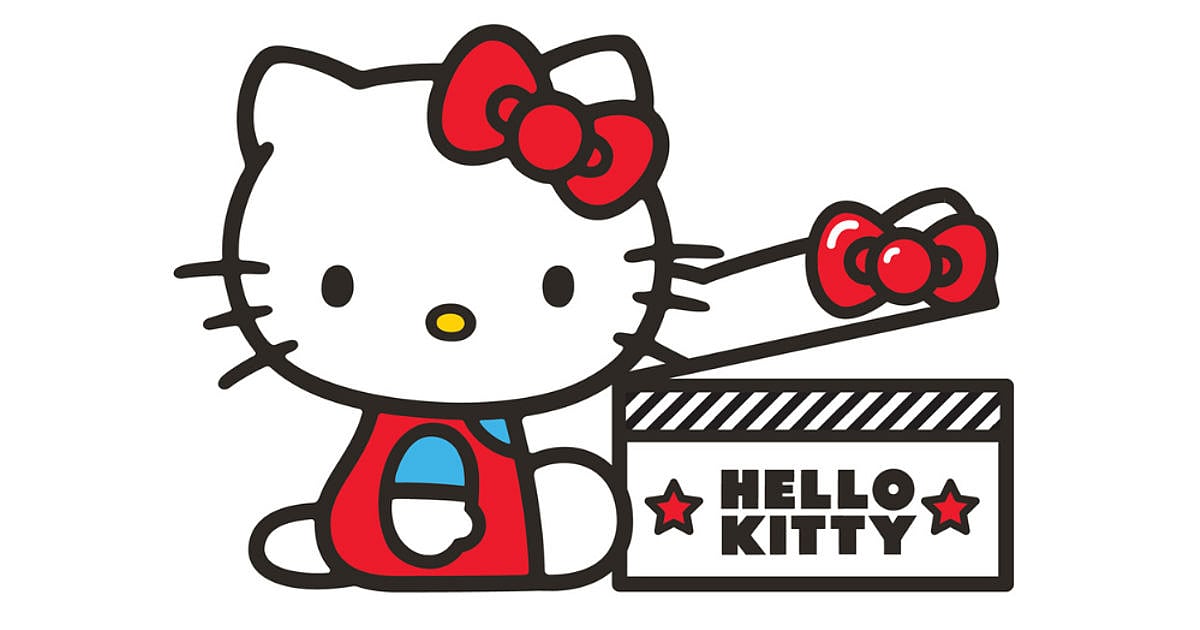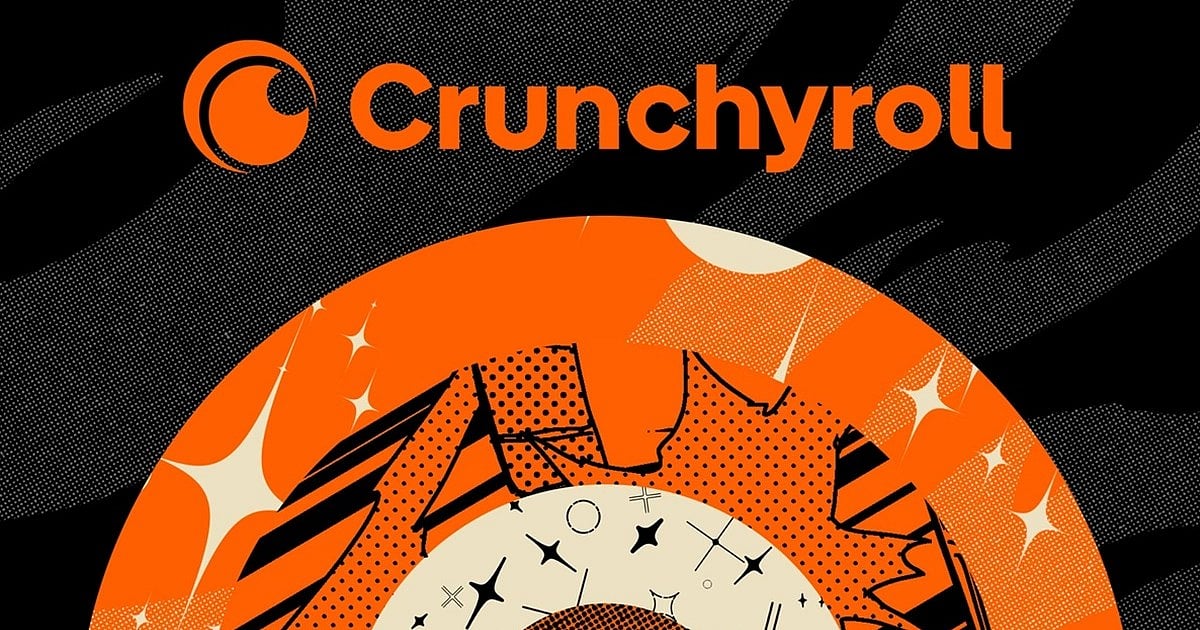
List of Careers in Anime
Japan's Anime Boom Masks a Workforce in Crisis
Record revenues can't paper over an industry built on underpaid freelancers and unsustainable labor practices
Highlights
- Despite record $25.25B revenues in anime industry, over one-third of anime studios reported losses in 2024 due to low wages and rising costs.
- Nearly half of all Japanese animators work as freelancers without labor protections, earning below national averages.
- Japan’s new labor laws aim to curb exploitation, but rising competition from China and South Korea adds fresh pressure.
Japanese animation is booming globally, but the industry that produces it is buckling under the weight of its own success.
Despite reaching $25.25 billion in market size last year, more than a third of anime studios operated at a loss in 2024, and one in five reported declining sales. The culprit: an overreliance on freelance workers, chronic underpayment, and production costs that are outpacing revenues.
The numbers reveal a stark disconnect. While anime exports surge and streaming platforms fuel demand, the artists creating the content earn less than the average Japanese worker. In 2023, anime industry salaries averaged 4.56 million yen annually—below the private sector average of 4.6 million yen. Entry-level "doga" animators made just 2.63 million yen, according to the Japanese Animation Creators Association.
Why Japan's Anime Industry Relies on Freelance Workers
Nearly half of all animators work as independent contractors, a rate six times the national average for self-employment. That leaves them outside traditional labor protections and vulnerable to exploitation. Some 47.2% of freelancers earned less than 4 million yen last year, the association found.
The roots of the problem trace back more than a decade. A 2009 white paper exposed rampant worker exploitation, grueling hours, poverty wages, earning some studios the label "black companies." While conditions have marginally improved, the fundamental model hasn't changed much.
Now, Japan's major studios are trying to fix it by bringing work in-house. The share of freelancers dropped from nearly 70% in 2019 to 47.3% in 2023 as larger production houses hired permanent staff for key tasks like compositing and computer graphics.
But that shift threatens smaller subcontractors that rely on project-based work. Without the resources to hire full-time employees, these studios risk being squeezed out entirely, potentially reducing industry capacity and stifling the creative diversity that has made anime a global phenomenon.
New Labor Laws Target Anime Freelancer Exploitation
Tokyo is finally stepping in. Last November, Japan enacted legislation requiring fair payment terms and protections for freelance workers. The law builds on existing subcontracting regulations but extends specific safeguards to independent creators.
The Japanese Trade Union Confederation launched its Wor-Q initiative in 2021 to promote fair contracts and skill development for freelancers. Meanwhile, larger firms now face mandates on overtime tracking and premium pay, reforms aimed at curbing the notorious work hours that have defined the industry.
This year, the Ministry of Economy, Trade and Industry created a monitoring body to oversee working conditions across anime production, signaling that regulatory pressure will continue.
How China and South Korea Threaten Japan's Anime Dominance
The urgency is real. While Japan invented the anime model, South Korea and China are investing heavily in their own animation industries with better pay and working conditions. Analysts warn that without fundamental changes to its employment and production systems, Japan risks ceding its global leadership.
The irony is sharp: An industry celebrated worldwide for its creativity can't seem to create sustainable careers for the people who make it possible.

Author
Kamalikaa Biswas is a content writer at Outlook Respawn specializing in pop culture. She holds a Master's in English Literature from University of Delhi and leverages her media industry experience to deliver insightful content on the latest youth culture trends.
Related Articles






